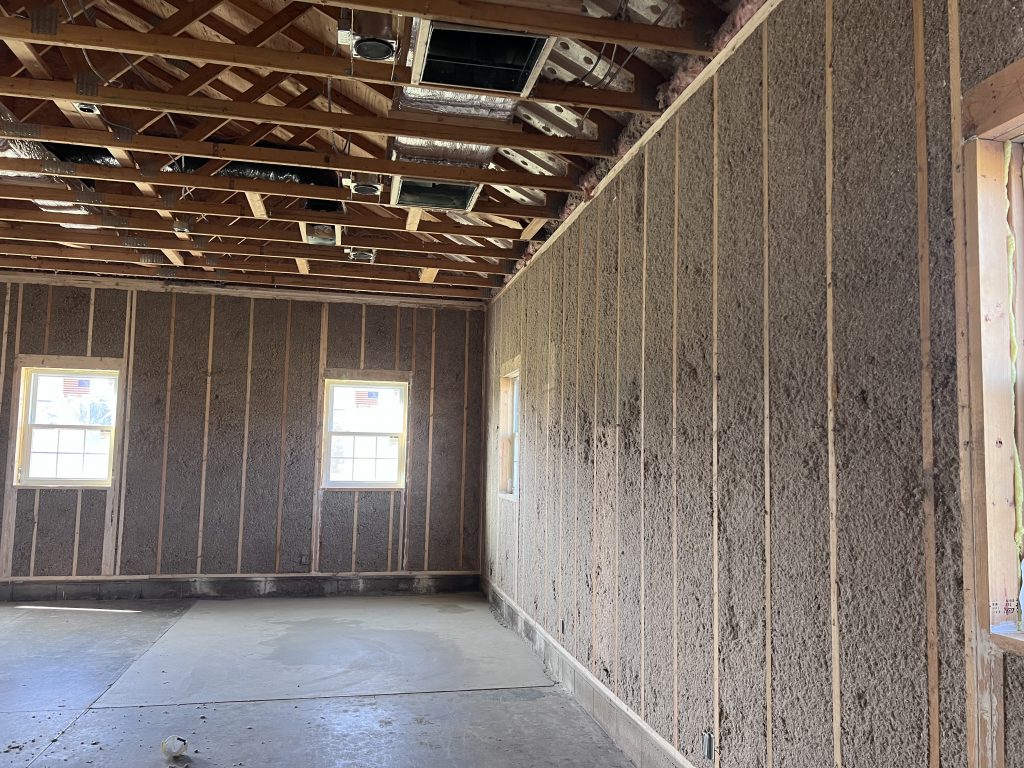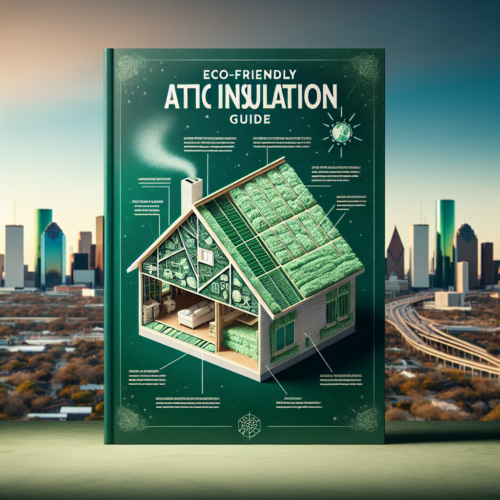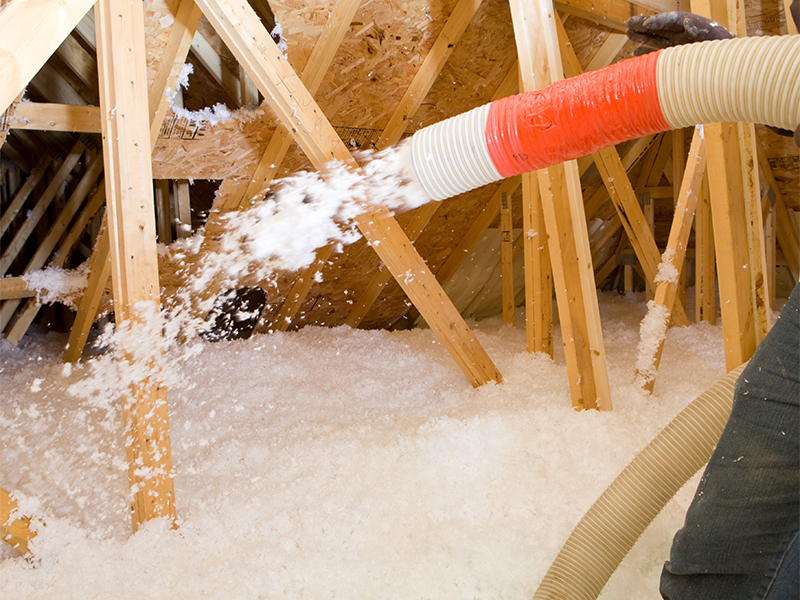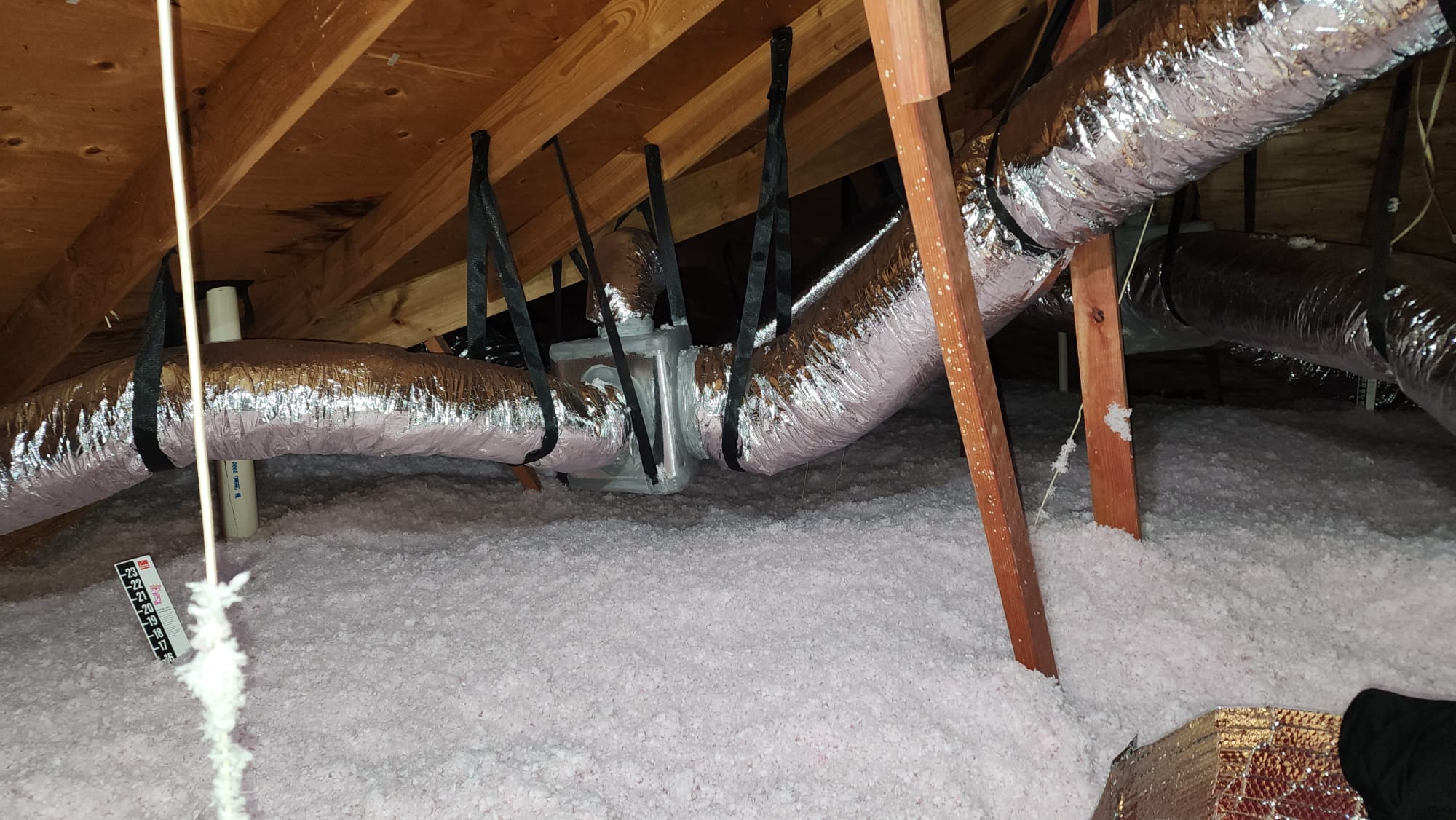The Ultimate Guide to Choosing the Best Blow-In Insulation for Your Home
Table of Contents
- Introduction
- What is Blow-In Insulation?
- Benefits of Blow-In Insulation
- Types of Blow-In Insulation
- Installation Guide
- FAQ Section
- Conclusion & CTA
Introduction
Seeking the best blow-in insulation for your home can lead to dramatic improvements in energy efficiency and indoor air quality. This guide will walk you through everything you need to know about blow-in insulation and why it’s a choice favored by many homeowners and professionals.
What is Blow-In Insulation?
Blow-in insulation, commonly referred to as loose-fill, is a type of insulation that is literally blown into attics, crawls, or into wall cavities using a specialized machine. It’s an effective solution for increasing the energy efficiency of your home.
Benefits of Blow-In Insulation
- Superior coverage, especially in hard-to-reach areas.
- Enhancement of home’s thermal performance and reduction in energy bills.
- Decrease in carbon footprint through efficient energy use.
Types of Blow-In Insulation
Fiberglass
Fiberglass is made from finely woven silicon, glass powder, and tiny shards of glass, and is one of the most common types of blow-in insulation.
Cellulose
Cellulose is derived from recycled newspaper and other recycled paper, treated with chemicals for fire and insect resistance.
Mineral Wool
Often made from basalt or iron ore slag, mineral wool is known for its fire resistance and soundproofing properties.
Installation Guide
Step 1: Preparation
Ensure your space is suitable for blow-in insulation by checking for any existing insulation and ensuring the area is clean.
Step 2: Equipment and Safety
You will need a blow-in machine, which can often be rented from hardware stores. Don’t forget to use protective gear such as masks and gloves.
Step 3: Installation
Using the machine, carefully blow the insulation into the designated areas, paying extra attention to corners and edges for even distribution.
FAQ Section
Q: How effective is blow-in insulation compared to other types?
A: Blow-in insulation offers superior coverage and performance, especially in irregularly shaped areas and around obstructions.
Q: Is blow-in insulation environmentally friendly?
A: Yes, especially cellulose, which is made from recycled materials, making it a greener option.
Q: What is the average cost of installing blow-in insulation?
A: Costs vary depending on the material and the size of the area but typically range from $1,500 to $2,000 for an average-sized home.












